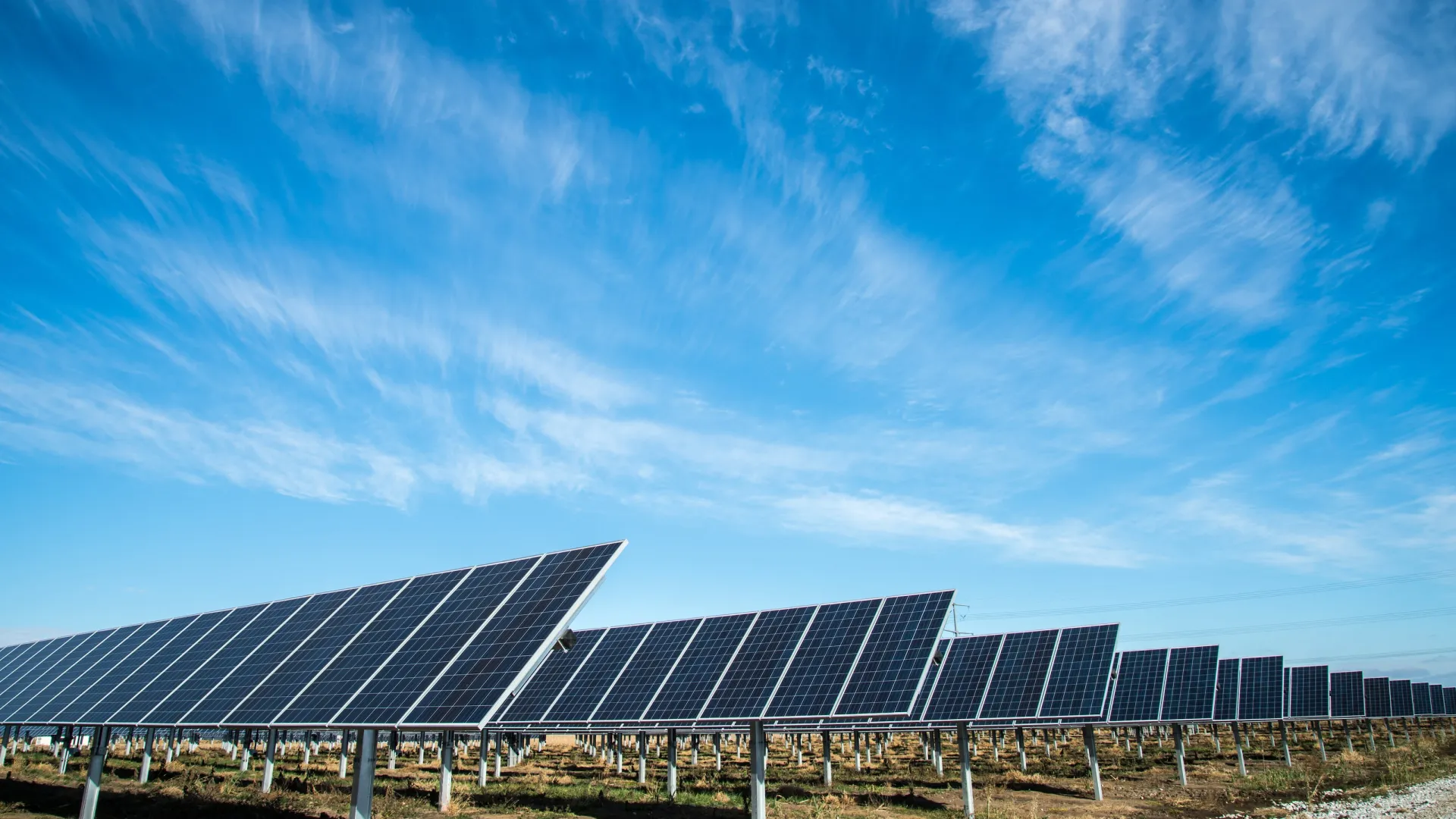
179D and 45L Tax Relief
Deductions & Incentives
The Compliant Client Can Help
Prevailing Wage Compliance
Apprenticeship Requirements
Error Notification
What is the 179D Form?
Form 179D, officially known as the "Energy Policy Act of 2005, Section 179D Deduction for Energy Efficient Commercial Buildings," is a tax form and incentive program in the United States that encourages energy-efficient building design and construction. This provision was initially created as part of the Energy Policy Act of 2005 and was later extended and modified by subsequent legislation.
Here's a basic overview of how Form 179D works:
Eligibility: The program is primarily aimed at commercial building owners and designers (architects, engineers, and contractors) who work on energy-efficient commercial buildings in the United States.
Energy Efficiency Criteria: To qualify for the tax deduction, the building must meet specific energy efficiency criteria, such as improvements in the building's envelope (insulation, windows, etc.) and HVAC (heating, ventilation, and air conditioning) systems.
Certification: A qualified individual or entity must certify that the building meets the energy efficiency requirements. This often involves a third-party energy consultant or engineer who evaluates the building's performance.
Tax Deduction: If the building meets the energy efficiency standards, the building owner can claim a tax deduction of up to $1.80 per square foot of the building's floor area. The deduction is typically divided among the building's components (envelope, lighting, and HVAC) based on their individual contributions to energy efficiency.
Partial Deductions: If the building only meets some of the criteria but not all, partial deductions may still be available for specific improvements.
Summary of 179D Tax Deductions
| Compliance Path | Savings Requirement* | Tax Deduction** | |||
| taxable years before 2021 | taxable year beginning 2021 | taxable year beginning 2022 | |||
| Fully Qualifying Property | 50% | $1.80/ft² | $1.82/ft² | $1.88/ft² | |
| Partially Qualifying Property | Envelope | 10% | $0.60/ft² | $0.61/ft² | $0.63/ft² |
| HVAC and HW | 15% | ||||
| Lighting | 25% | ||||
| Interim Lighting Rule | 25%-40% lower lighting power density (50% for warehouses) | $0.60/ft²*** | $0.61/ft²*** | $0.63/ft²*** | |
Section 45L Tax Credits for Zero Energy Ready Homes
Form 45L, officially known as the "Energy Efficient Home Credit," is a tax incentive program in the United States that encourages the construction of energy-efficient homes. This program provides a tax credit to homebuilders who construct new, energy-efficient residences that meet certain criteria. Form 45L is the form used to claim this tax credit.
Here's an overview of how the Form 45L tax credit works:
Eligibility: The program is aimed at homebuilders and contractors who construct new energy-efficient residential properties. These properties can be single-family homes, multi-family buildings, or condominiums.
Energy Efficiency Criteria: To qualify for the tax credit, the newly constructed homes must meet specific energy efficiency criteria. These criteria include exceeding the energy standards outlined in the 2006 International Energy Conservation Code (IECC) by a certain percentage. The exact requirements can vary depending on the year of construction and the property's location.
Certification: A qualified individual or entity, often a third-party energy consultant or engineer, must certify that the newly constructed homes meet the energy efficiency standards specified in the program.
Tax Credit Amount: The tax credit amount is typically $2,000 per dwelling unit for homes meeting energy efficiency requirements. This credit is available for eligible homes constructed between 2006 and December 31, 2021, although it's worth checking for any updates or extensions beyond 2021.
Documentation: To claim the tax credit, the homebuilder or contractor must complete Form 45L and attach it to their federal income tax return. They must also maintain records and documentation related to the energy-efficient features of the homes.